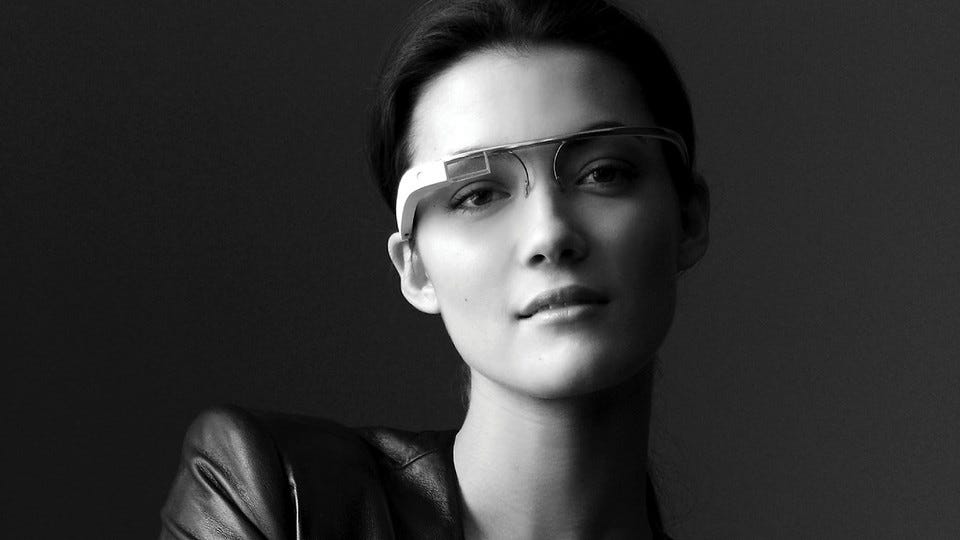Google Glass and the Segway Paradox
The customer rearely buys what the company thinks it is selling him. -- Peter Drucker
Google Glass was finally announced to the public yesterday.
Glass is a solution looking for problems. It's too hard to say what jobs-to-be-done Glass will be hired to do at this stage, or how widely used it will be. We'll only know after it's released.
The lean startup way of thinking heavily emphasizes the reverse sequence: find a problem (job), think of a way(s) to solve that problem, test your hypothesis using a minimum viable product, repeat. This method should work for most startups. It worked well for companies like Microsoft (Problem: I need an Operating System to put on the computers I sell so people can use them. Solution: Build/Buy/Copy Basic/DOS/Windows).
But there are some innovations where the solution=>problem sequence is necessary -- anything that requires a lot of R&D and isn't easily demo'ed on a large scale. Google Glass, Tesla cars, Segway, iPad, Lytro, etc. These are physical, more capital intensive examples, but the same still holds for some smaller software projects. Sometimes you just need to build the full version to see what it's best used for.
One of the problems of this method is what I call the "Segway Paradox": a new technology with huge initial interest and possibilities turns out to only be used in a few niche cases.
This may happen for a number of reasons (see Paul Graham's The Trouble with the Segway). I think Google Glass may fall prey to this problem.
There are a few use cases I can think of that may make Glass worth the cost:
Hands-free sports — biking, skiing, football, climbing
Search & rescue, emergency — alerting the user to visual/audio anomalies
Jobs that require detailed visual instructions ("advanced checklists")
But it seems from the videos that Google is focusing more on everyday consumer uses, competing more with smartphones.





